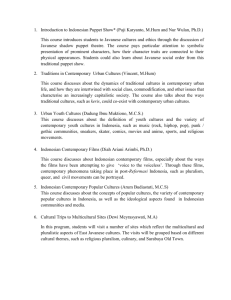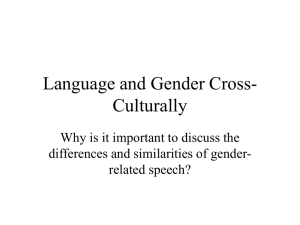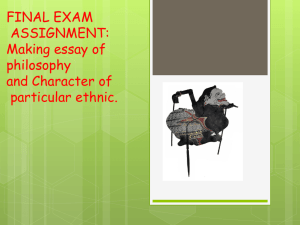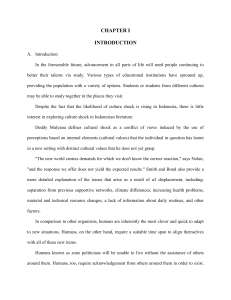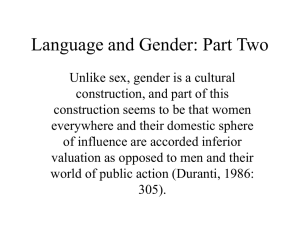On the Origins of the Javanese Mosque: Questioning Vernacular
advertisement
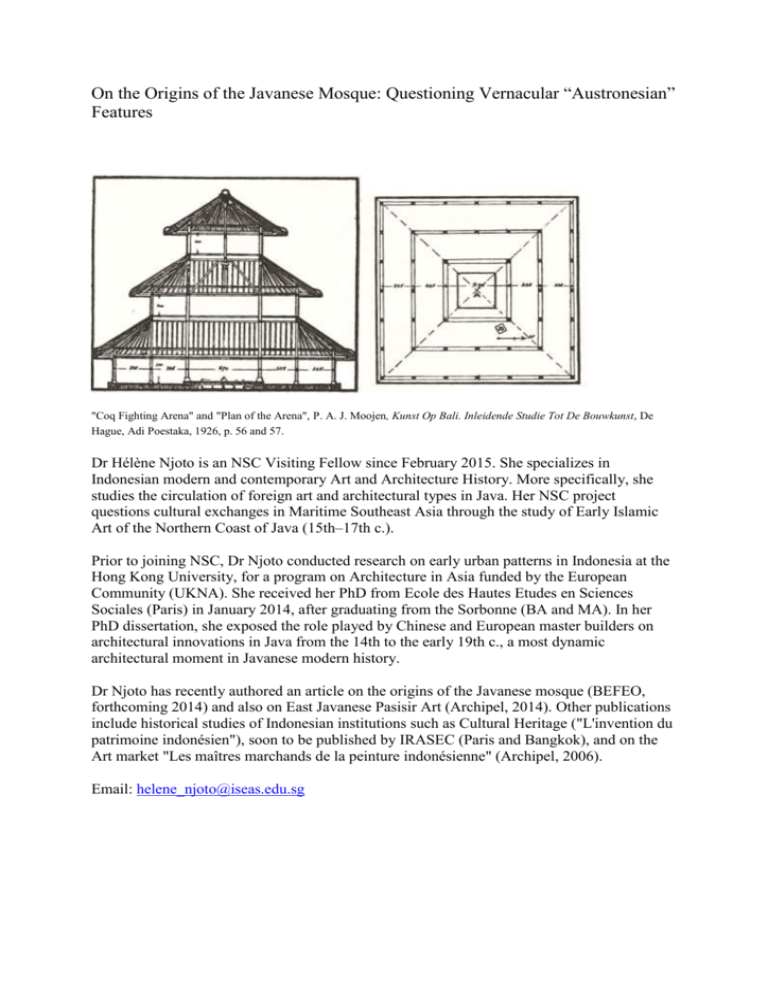
On the Origins of the Javanese Mosque: Questioning Vernacular “Austronesian” Features "Coq Fighting Arena" and "Plan of the Arena", P. A. J. Moojen, Kunst Op Bali. Inleidende Studie Tot De Bouwkunst, De Hague, Adi Poestaka, 1926, p. 56 and 57. Dr Hélène Njoto is an NSC Visiting Fellow since February 2015. She specializes in Indonesian modern and contemporary Art and Architecture History. More specifically, she studies the circulation of foreign art and architectural types in Java. Her NSC project questions cultural exchanges in Maritime Southeast Asia through the study of Early Islamic Art of the Northern Coast of Java (15th–17th c.). Prior to joining NSC, Dr Njoto conducted research on early urban patterns in Indonesia at the Hong Kong University, for a program on Architecture in Asia funded by the European Community (UKNA). She received her PhD from Ecole des Hautes Etudes en Sciences Sociales (Paris) in January 2014, after graduating from the Sorbonne (BA and MA). In her PhD dissertation, she exposed the role played by Chinese and European master builders on architectural innovations in Java from the 14th to the early 19th c., a most dynamic architectural moment in Javanese modern history. Dr Njoto has recently authored an article on the origins of the Javanese mosque (BEFEO, forthcoming 2014) and also on East Javanese Pasisir Art (Archipel, 2014). Other publications include historical studies of Indonesian institutions such as Cultural Heritage ("L'invention du patrimoine indonésien"), soon to be published by IRASEC (Paris and Bangkok), and on the Art market "Les maîtres marchands de la peinture indonésienne" (Archipel, 2006). Email: helene_njoto@iseas.edu.sg
